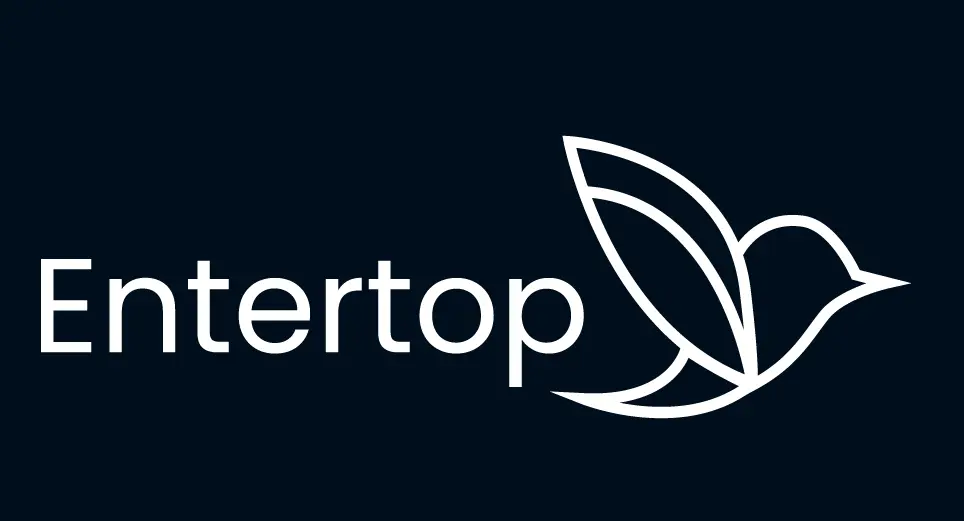SEO vs. PPC
A Visual Guide to Dominating Search Marketing

The Two Engines of Digital Visibility
In today's market, search engine visibility isn't just an option—it's essential. Search Engine Marketing (SEM) runs on two core engines: Search Engine Optimization (SEO) to earn organic traffic and Pay-Per-Click (PPC) to buy paid traffic. Understanding how they differ is the first step to a winning strategy.
SEO: The Organic Engine
53%
of all trackable website traffic comes from organic search, making it the largest single source of visitors.
PPC: The Paid Engine
65%
of users with high commercial intent click on a paid ad when searching for a product or service.
How They Work: A Tale of Two Engines
SEO builds long-term authority by proving value to search engines, while PPC uses a real-time auction to buy immediate placement. Both reward quality and relevance.
SEO: The Path to Earned Trust
Crawl
Bots discover your site's content.
Index
Content is analyzed and stored.
Rank
Site is ranked based on 100s of factors.
PPC: The Path to Paid Placement
Bid
You set a max price per click.
Auction
Ad Rank = Bid x Quality Score.
Placement
Highest Ad Rank wins top spots.
Head-to-Head: The Core Differences
Understanding the trade-offs between speed, cost, and sustainability is crucial for allocating resources effectively. This chart breaks down the key strategic attributes of each channel.
The ROI Timeline: A Race and a Marathon
PPC delivers immediate, measurable returns, but its growth is linear. SEO starts slow but builds compounding value over time, creating a powerful, sustainable asset that generates traffic long after the initial investment.
The Business Arsenal: Pros & Cons
Every strategic choice involves trade-offs. SEO offers long-term credibility at the cost of time, while PPC provides immediate, precise control at the cost of continuous spending.
SEO Advantages & Disadvantages
📈 High Long-Term ROI: Builds a compounding asset that generates cost-effective leads over time.
🛡️ Credibility & Trust: Organic rankings are seen as more authentic and authoritative by users.
💧 Sustainable Traffic: Provides a stable flow of visitors that isn't dependent on daily ad spend.
⏳ Time-Consuming: Can take 6-12+ months to see significant results, requiring patience.
🎲 Algorithm Volatility: Rankings can shift unexpectedly due to Google updates.
PPC Advantages & Disadvantages
🚀 Immediate Results: Drives traffic and leads within hours of campaign launch.
🎯 Precise Targeting: Zero in on users by keyword, location, demographics, and behavior.
📊 Highly Measurable: Track ROI, CPA, and other key metrics in real-time for optimization.
💸 Ongoing Cost: Traffic stops the moment you stop paying. It's a rental model.
🚫 Ad Blindness: Users can become fatigued by ads and subconsciously ignore them.
Choosing Your Strategy: The Decision Matrix
The right strategy depends on your specific business goals, timeline, and resources. Use this matrix to align your marketing efforts with your objectives.
| Business Goal / Scenario | Recommended Strategy |
|---|---|
| "I need to generate sales this month." | PPC Dominant |
| "I want to be the trusted expert in my field." | SEO Dominant |
| "I am launching a new product next week." | Integrated (SEO + PPC) |
| "I need to test a new market or service idea." | PPC Dominant |
| "My competitor is bidding on my brand name." | Integrated (SEO + PPC) |
The Power of Synergy: Better Together
The most advanced strategies don't choose between SEO and PPC—they integrate them. Data from one channel strengthens the other, creating a powerful feedback loop that drives superior results and mitigates risk.
PPC Informs SEO
Test winning ad copy
Apply high-CTR ad text to organic titles & descriptions.
Validate converting keywords
Prioritize SEO content for keywords proven to drive sales.
SEO Amplifies PPC
Build remarketing audiences
Target engaged organic visitors with specific PPC offers.
Improve Quality Score
Strong SEO content improves landing page experience, lowering PPC costs.